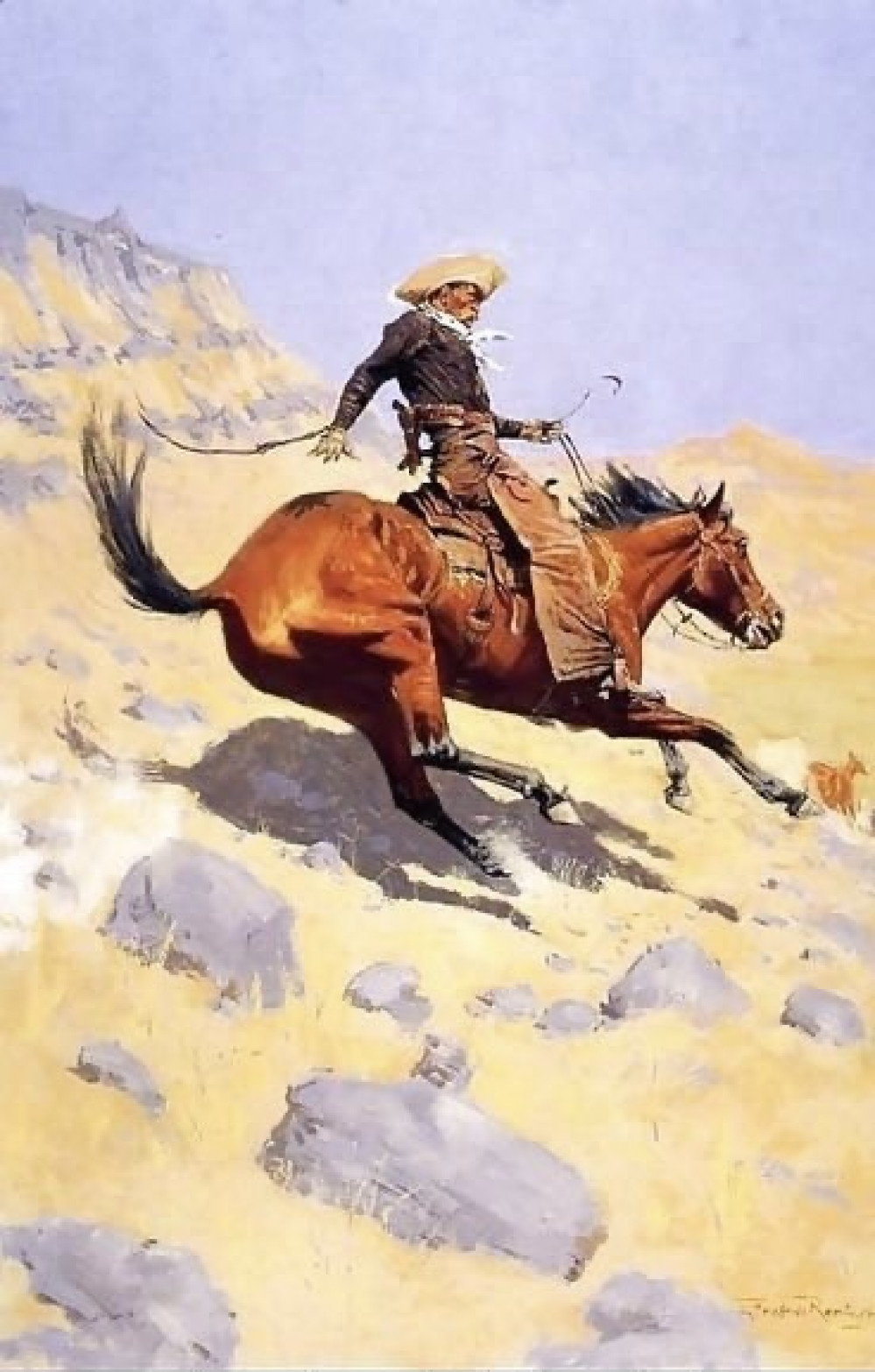
Building the Old West
The Horse Soldiers Pt 1
A movie from 1959 starring John Wayne and William Holden. A fictional account of an actual cavalry raid by the Union army during the Civil War.
The US Army was heavily influenced by French military doctrine and uniform aesthetics from the time of Napoleon until the Civil War. A lot of the French influence on doctrine and tactics was largely supplanted by experience in the Civil War and subsequent operations against the Indians however the influence on uniforms remained but was tempered by a more practical bent of the post war era.
One of the more interesting aspects of the army at this time was that enlisted soldiers were issued uniforms and officers had to buy theirs. If an enlisted soldier had to be issued a new uniform due to it being lost or damaged, the cost was deducted from his pay. However, there was an exception. If the item was lost “on campaign” it was replaced at the Army’s expense. It was very common for troopers to “lose” damaged, worn or soiled uniforms on campaign.
These uniforms were made of a heavy wool. Great for the winter but utterly unsuitable for the higher summer temperatures of the American South West. This fact combined with the above policy of replacing uniforms lost on campaigns resulted in a large number of soldiers buying civilian clothes for active service and changing into these clothes once out of sight of the post. Numerous photos and journal entries noted that the only way you could tell a group of armed men were soldiers was to look at their gun belts or saddles as these were invariably marked with military symbols such as the ubiquitous US or the eagle and wreath design on officers belt buckles.
I used the following paints and washes.
Army Painter Matte Black – all leather items. Specifically boots, gun belts, holsters, ammo pouches, carbine slings, map and binocular cases. Also campaign hats and the brim of the chaussers cap and the trim and facings of the officers undress uniform (more on that uniform later) as well as rifle and pistol barrels.
GW Eshin Gray – used as a drybrush on everything painted black.
Vallejo Pastel Blue – uniform pants
Army Painter Blue Tone – used as a wash on the pants
Army Painter Deep Blue – uniform coats and a few of the civilian shirts
GW Chronus Blue Dry Brush – used as a dry brush on the darker blue uniform coats.
Vallejo Mahogany Brown – gun stocks and pistol grips.
GW Seraphim Sepia – used as a wash on the gun stocks, pistol grips and on the red and yellow bandannas.
Vallejo Dark Flesh – hands and faces
Army Painter Oak Brown- hair, beards and mustaches.
GW Reikland Flesh Shade – used as a wash on hands, faces, hair, beards and mustaches
Vallejo Brass – bugle, spurs, belt buckles, buttons, and the clip that attaches the carbine sling to the carbine.
Army Painter Bright Gold – officer’s hat cord.
Army Painter Matte White – suspender straps
Army Painter Ash Gray – flannel undershirts
GW Basilicanum Grey Contrast Paint mixed with speed paint medium at a 1:3 ratio used as a wash on the flannel undershirts.
Vallejo Beige – cavalry gloves and the officer’s civilian coat. Both were also washed with Seraphim Sepia.
Flames of War Deep Yellow – I think this is actually an Army Painter manufactured paint with a Flames of War label. It’s a light yellow and I used it for the trim on the uniform coats, the leg stripes, the officer’s shoulder boards and the bugle cords and tassels





























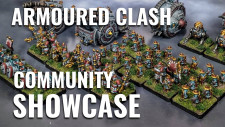

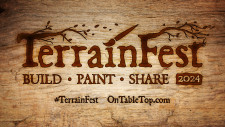
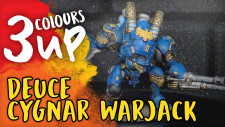
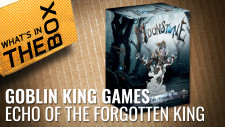
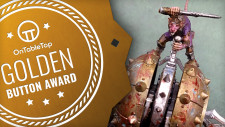
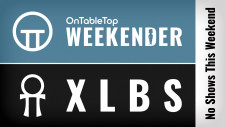
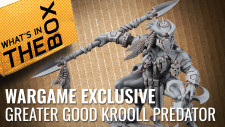





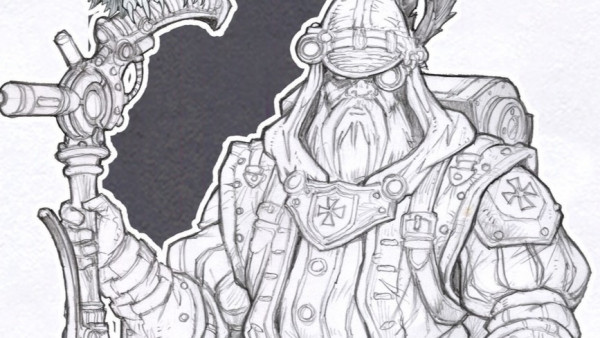
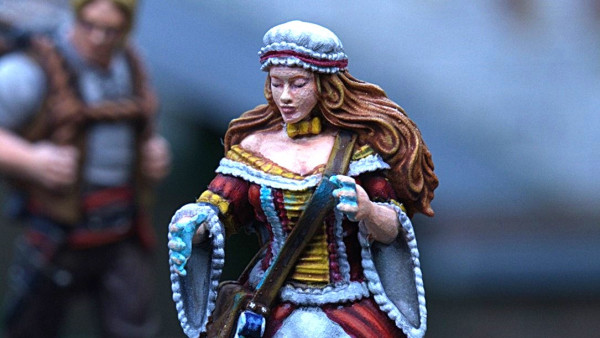
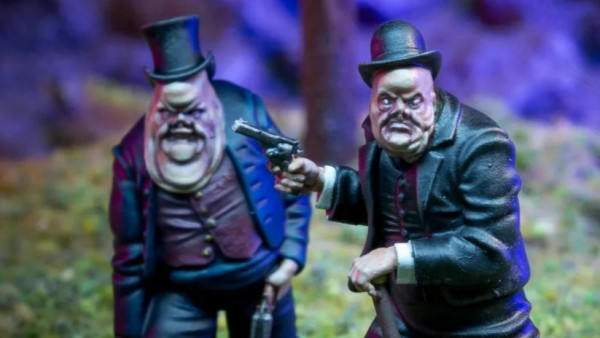

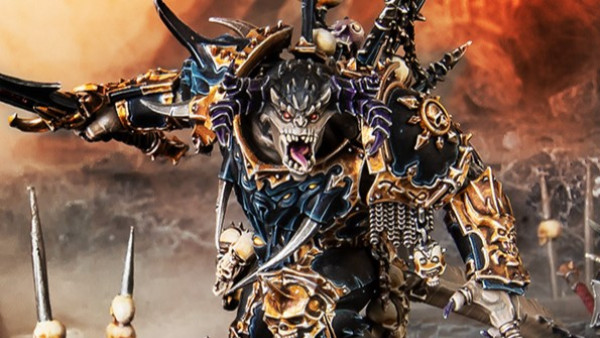
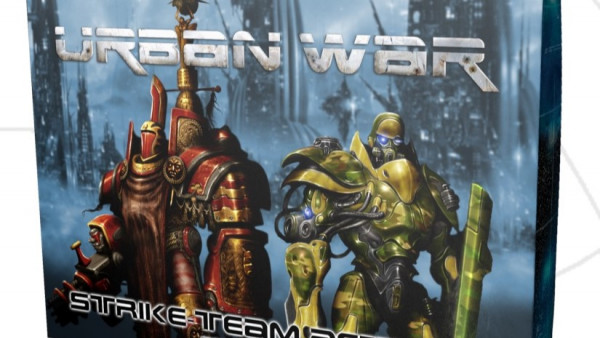
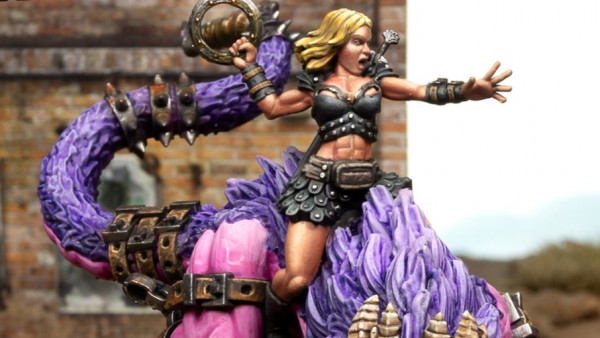
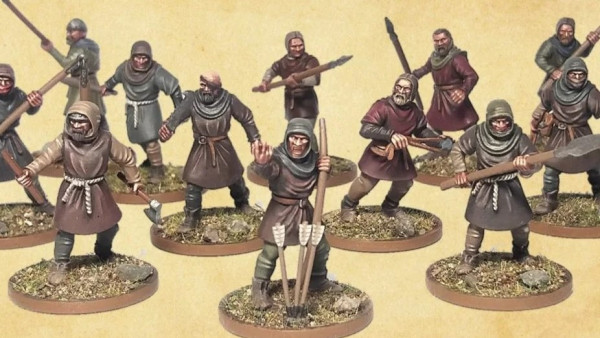


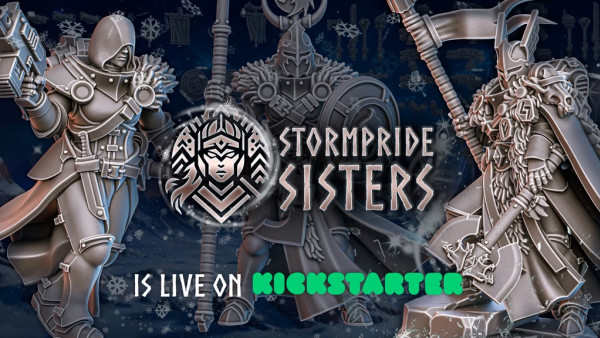
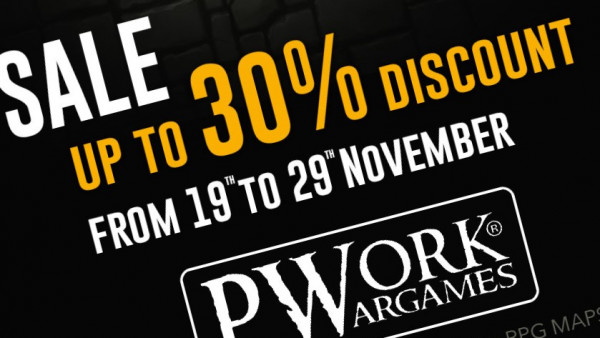
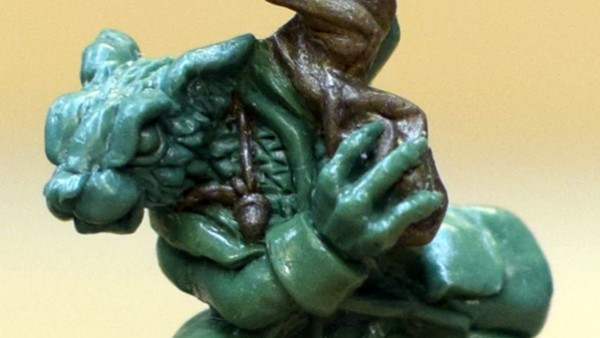

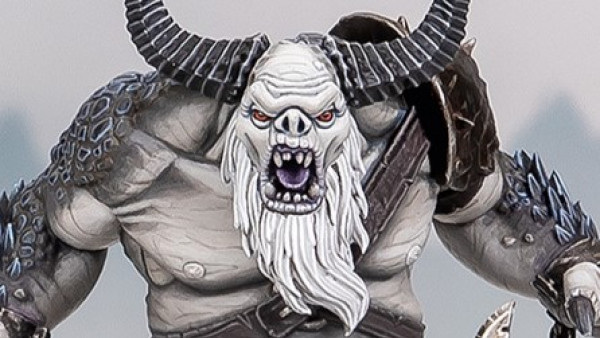
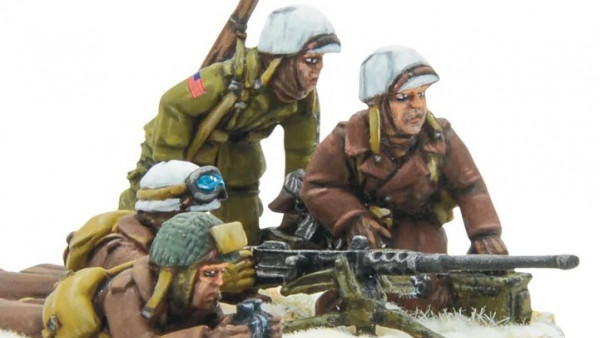
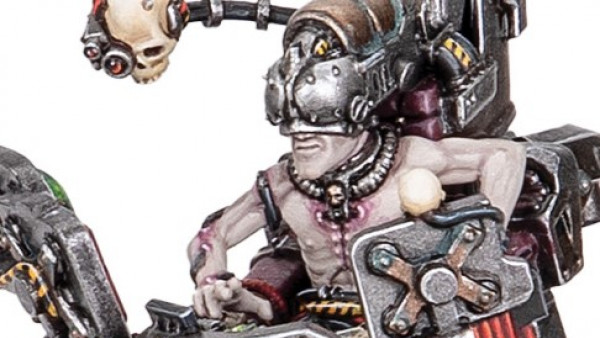
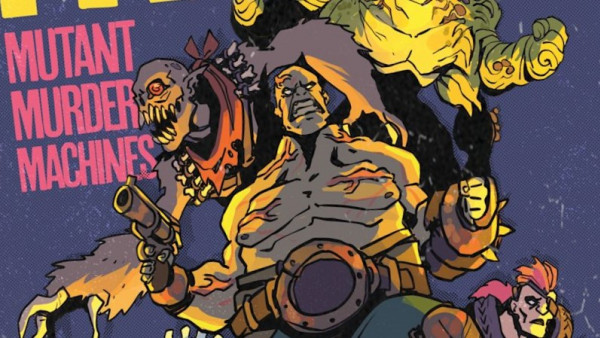

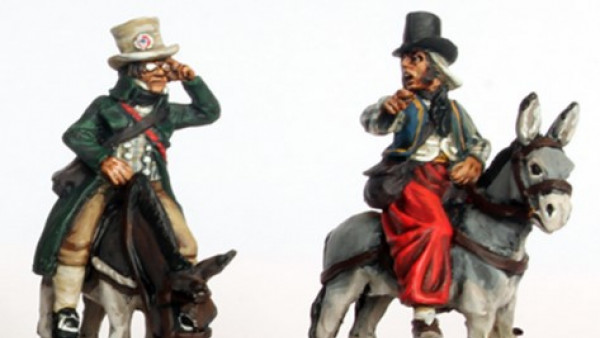
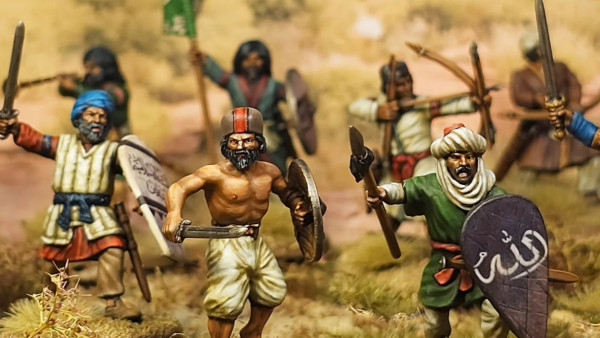
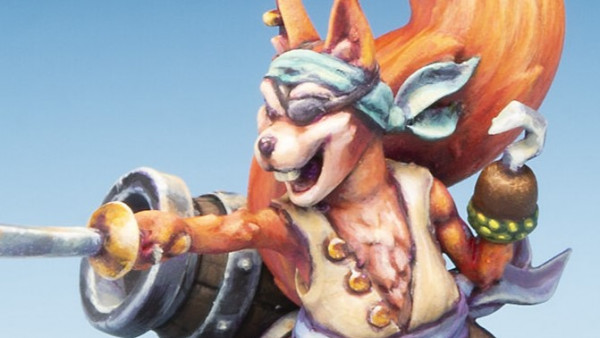
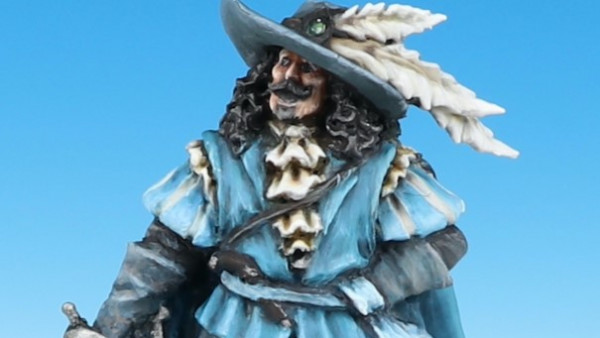
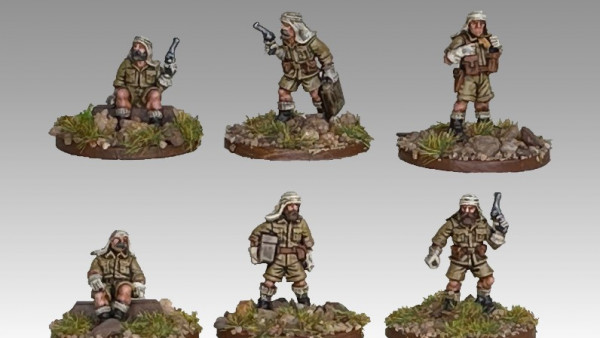
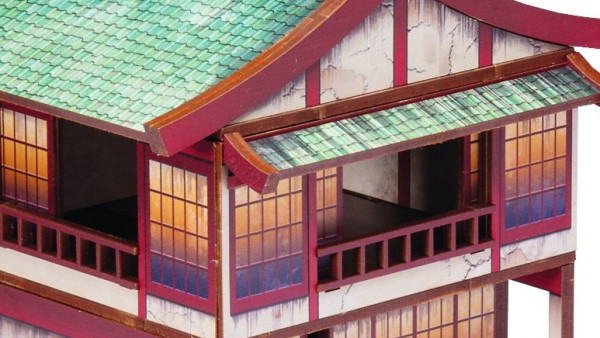


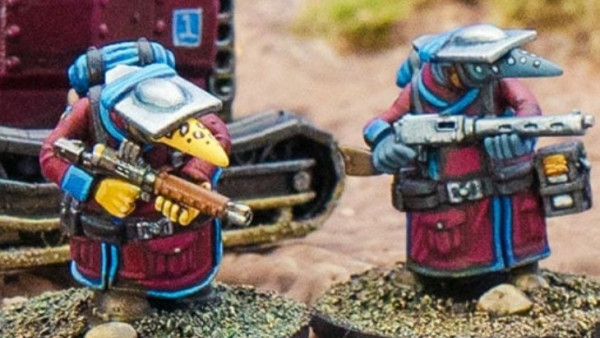
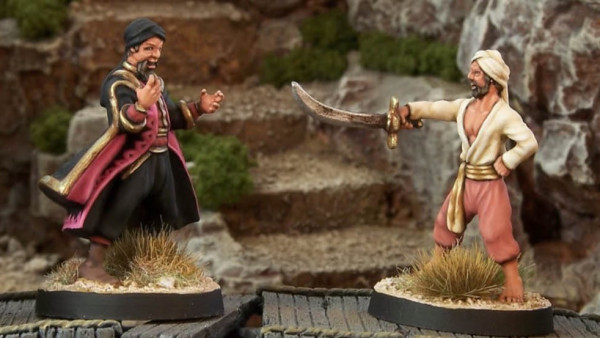



Leave a Reply